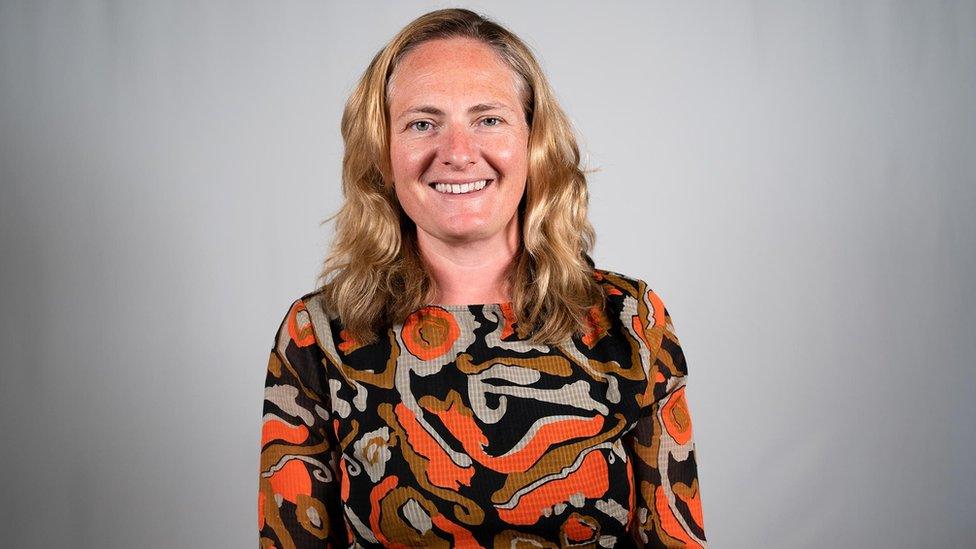New study maps blue carbon stored in Jersey waters
- Published

Researchers estimated Jersey's seabed helped remove more than 10,000 tonnes of carbon every year
A new study has examined the amount of carbon stored in Jersey's territorial waters as part of wider efforts to tackle climate change.
Researchers from the government's marine resources team used biological and geological evidence to identify the levels of "blue carbon" in the island's waters.
Blue carbon is the name given to carbon locked away in marine habitats.
It is mainly found in seagrasses and animals that live in the sea.
The study estimated there were 12 million tonnes of carbon stored inside the shells of clams, crustaceans and corals alone.
It also found Jersey's seabed, which contains habitats including maerl beds, seagrass and kelp forests, permanently removed more than 10,000 tonnes of carbon from the atmosphere every year.
Lead researcher Dr Paul Chambers said blue carbon could eventually play a role in helping the island combat climate change.
"The results from this project are very exciting," he said.
"Not only do they suggest that Jersey's blue carbon resources are potentially significant, but the link to animal and plant growth helps identify those areas of seabed with a high biodiversity and productivity."

Follow BBC Jersey on Twitter, external and Facebook, external. Send your story ideas to channel.islands@bbc.co.uk, external.
Related topics
- Published28 September 2022
